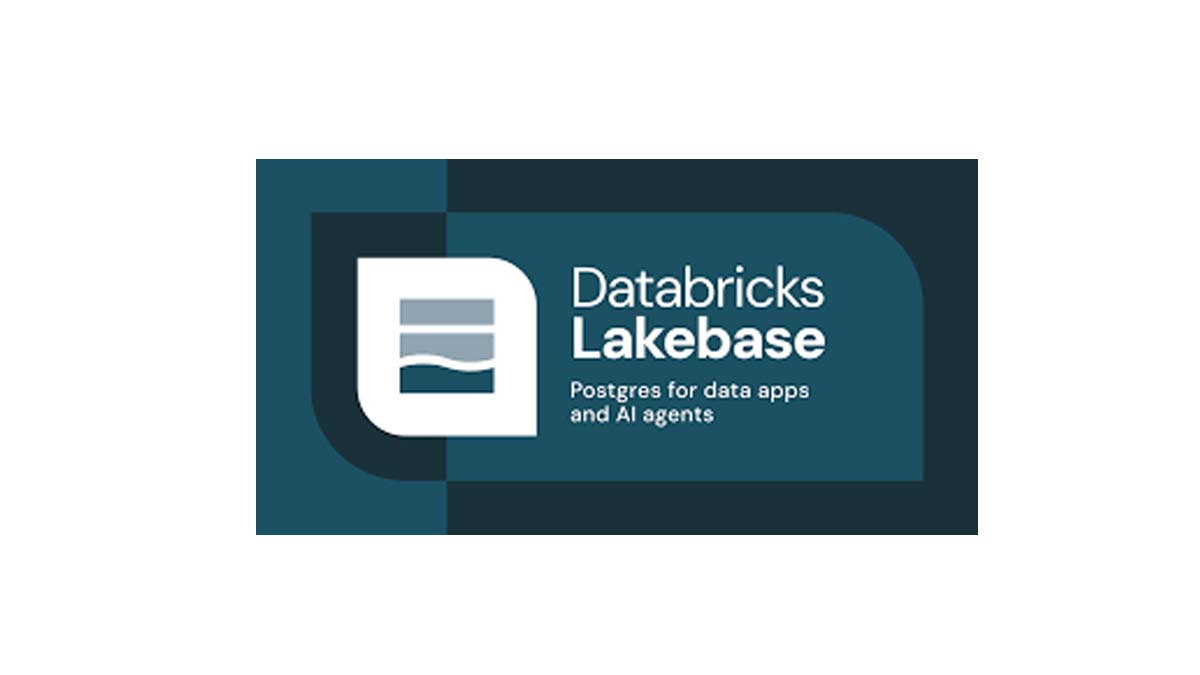Lakebase enters public preview as a fully managed, Postgres compatible database with branching, realtime scaling, and seamless lakehouse integration designed for next-gen AI apps and agent workflows.
Key Highlights –
- Lakebase now in public preview, built to support AI apps, agents, and realtime operational tasks
- Based on open source Postgres, with full serverless compute and independent storage scaling
- Instant branching support enables isolated agent workflows without data duplication
- Native integration with Databricks Lakehouse Platform, Unity Catalog, and AI agent tools
- Already adopted by 300+ customers for AI workloads, including recommendation systems and copilots
- Will be available across AWS, Azure, and Google Cloud
Overview
Databricks has officially launched Lakebase, a new class of operational database that blends the familiarity of PostgreSQL with modern capabilities built for AI apps and agents. Announced at the Data + AI Summit 2025 in San Francisco, Lakebase is now in public preview and represents a major shift in how organizations can power realtime, agent driven applications.
Lakebase is fully serverless, offering automatic scaling from zero to peak demand. It’s built on compute-storage separation, which ensures high performance, flexibility, and cost efficiency. The system supports branching a feature that allows developers or AI agents to spin up isolated environments for testing, training, or iteration, without copying entire datasets.
“Lakebase enables you to go from analytics to action instantly,” said Databricks in its official release. “It’s the first operational database to natively integrate with the lakehouse.”
With deep integration into the Databricks ecosystem, Lakebase connects effortlessly with:
- Unity Catalog for unified data governance
- Databricks Apps and Agent Frameworks
- Realtime event streaming and analytics tools
Already, over 300 organizations are testing Lakebase in applications like AI copilots, recommendation engines, and agentic data workflows.
See Also – AMD Unveils Powerful MI350 & MI355X AI Chips to Challenge Nvidia
Why This Matters
- For AI developers: Lakebase offers safe, scalable infrastructure for intelligent apps and agents
- For enterprises: Built-in governance, serverless architecture, and branching reduce overhead and risks
- For data teams: No more silos—operational and analytical data live in one connected ecosystem
What’s Next?
- Broader rollout across cloud platforms (AWS, Azure, GCP)
- Deeper features for agent native workflows
- Expansion of related tools like Agent Bricks, Lakeflow Designer, and Databricks One Dashboard
Summary
| Feature | Description |
|---|---|
| Database Type | Operational, Postgres compatible, fully managed |
| AI Support | Built for AI apps, agents, and realtime inference |
| Scaling Model | Serverless with compute/storage separation |
| Branching | Instant, safe, copy on write branching |
| Ecosystem Integration | Unity Catalog, Databricks Apps, Lakehouse |
Read Also
- Windows 10 Users Can Now Get Free Security Updates – Here’s How
- Amazon Expands Kindle Colorsoft Line with More Affordable & Kid-Friendly Models
- Is Yahoo Mail Down Today? Here’s What’s Happening
- What Is “Tea”? The Viral Women-Only Dating Safety App
- iOS 26: Release Timeline, Features, and What to Expect


